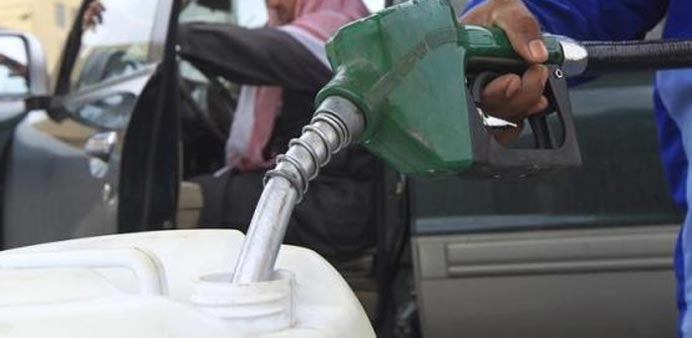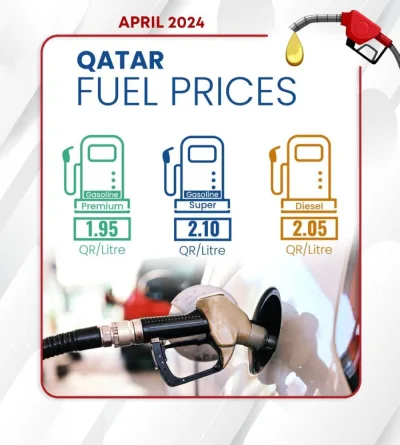Reuters/London
Oil prices rose around 1% on Tuesday, bouncing off 11-year lows as investors closed bearish positions ahead of the year-end holiday but the global oversupply picture capped gains.
Brent futures traded up 29 cents $36.64 a barrel at 0917 GMT, recovering from an 11-year low of $36.04 hit on Monday. US West Texas Intermediate (WTI) crude futures were 34 cents higher at $36.15 a barrel, up from 2009 lows of $33.98 hit in the prior session.
"The sentiment has been very negative and ahead of the holidays people tend to close some of the speculative positions," said Hans van Cleef, senior energy economist at ABN Amro in Amsterdam.
"Therefore we could see some upside potential in oil prices."
Brent crude prices were set to make the first daily gains in five sessions, while WTI futures rose to the highest level in four sessions.
Saudi Arabia, the world's largest oil exporter, said it had shot down a ballistic missile that was heading towards its city of Jizan, where a new refinery is under construction.
However, concerns about supply continuing to outstrip demand next year kept gains limited.
"It is likely that concerns about swelling global crude supply and slow demand sparked by economic weakness in China will linger into next year," said analysts at Cenkos Securities.
"Alongside the acceptance that Opec and Russia will keep producing at high volumes in order to keep pressure on US producers to rein back production."
Russian oil output has reached a post-Soviet era high but Energy Minister Alexander Novak said in an interview to Kommersant news daily published on Tuesday that Russian oil production may start declining in 2017 if a tough taxation regime continues.
North Sea production from Britain and Norway is expected to rise this year due to new fields coming on stream and lower-than-usual maintenance outages, according to analysts at JBC Energy.
Weather fundamentals provided further bearish news as an unusually mild start to the winter in the northern hemisphere will dent heating oil demand.
BNP Paribas said the number of US and European heating days had been 30% and 39% below the 10-year average since December 7, respectively, and that days requiring heating were expected to remain 23-24% below normal until January 4.



